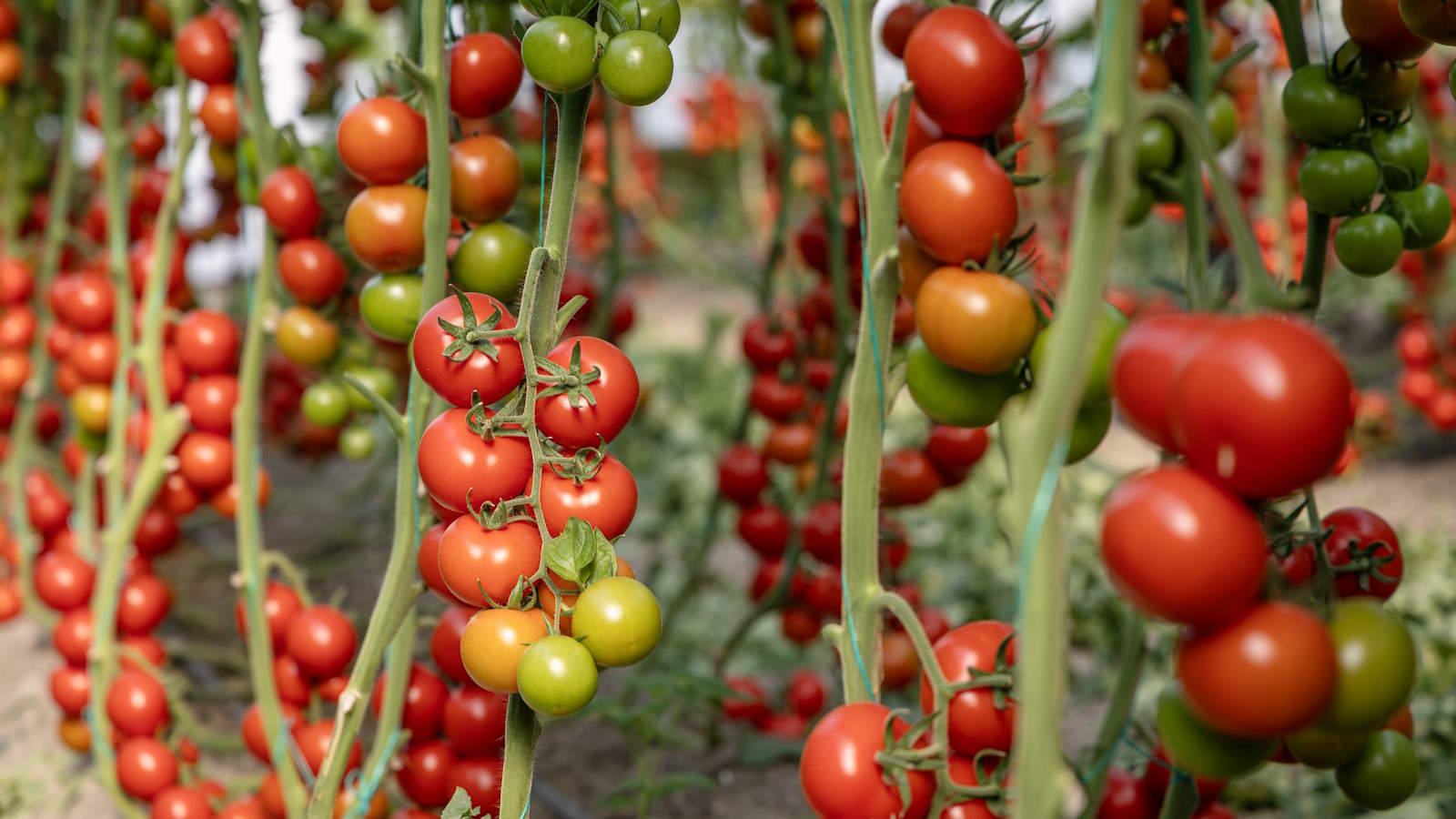
What can surpass a fantastic yield of juicy and delicious tomatoes each summer? The crop is phenomenally popular to grow and there is such an abundance of different tomatoes you can grow at home.
Tomatoes are not necessarily difficult crops to grow, however, there are some key aspects of growing tomatoes that definitely can increase your yield if you get them right. This includes when and how you plant, along with how you water, fertilize, and control pests and diseases.
I spent years growing tomatoes in various kitchen gardens, both for chefs and to sell to garden visitors. Especially when growing for restaurants, it was important to get the biggest yield possible so supply could meet the demand. We tried all the tricks we could and here are some tactics you can try at home.
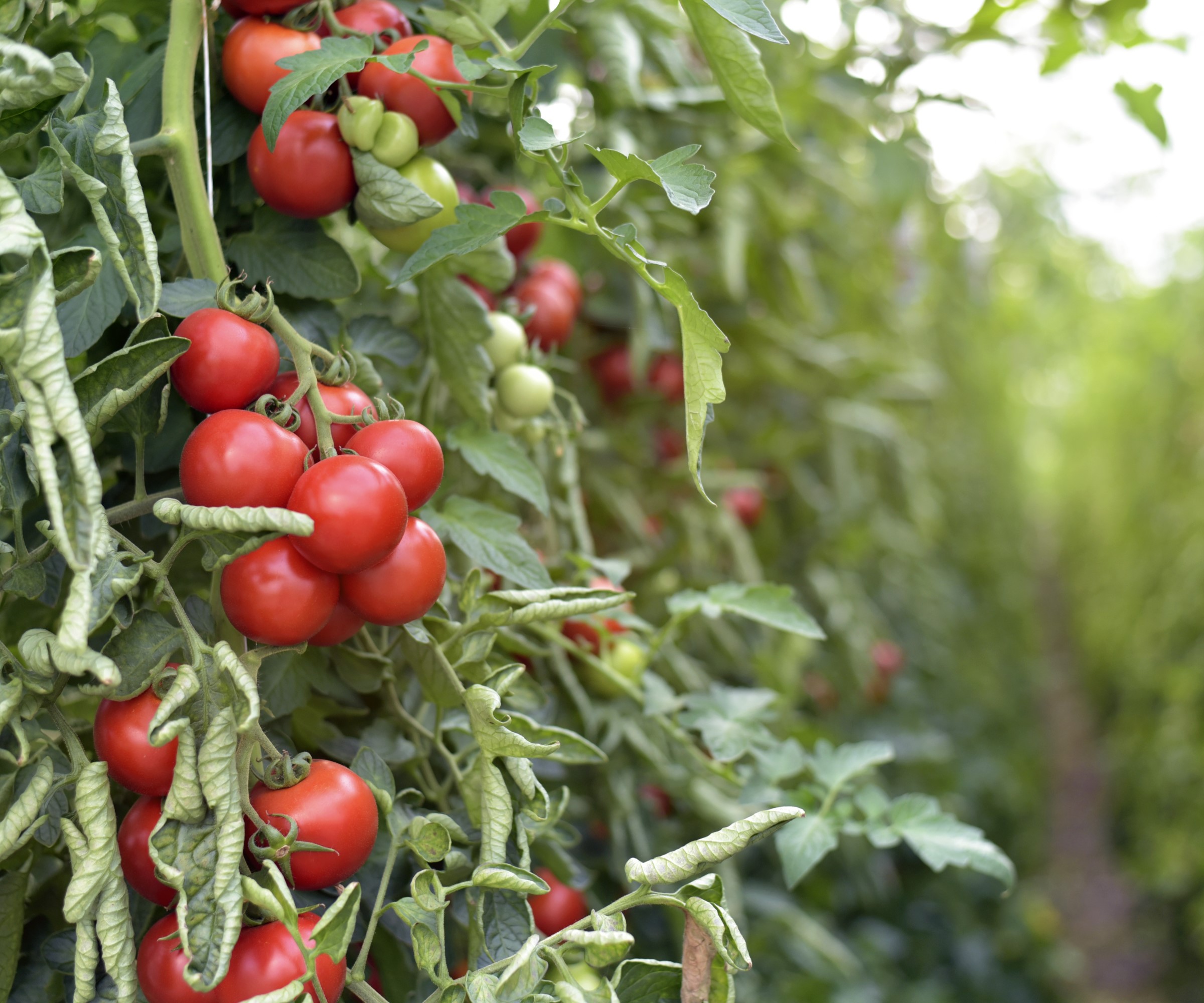
10 ways to maximize your tomato yield
Choosing tomato varieties, how and when you plant, the best way to feed your plants, and more, all make a difference. Many factors can help to yield more tomatoes throughout the season. Here are 10 pointers that can increase tomato production:
1. Pick high-yielding varieties
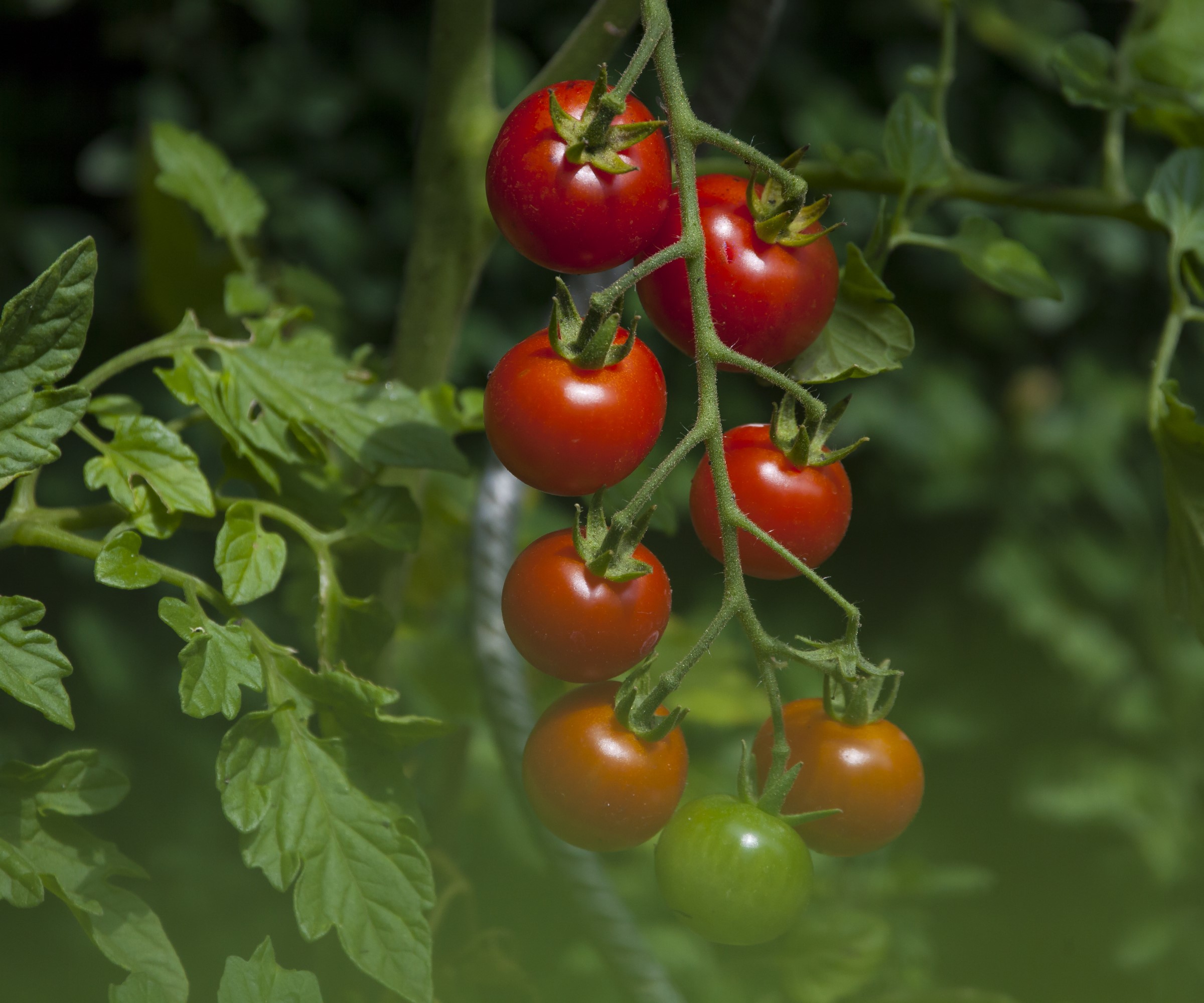
There are thousands of tomato varieties to choose from, a plethora of types, shapes, colors and flavors. When you order seeds for the year, look for varieties sold as high-yielding as these have been bred to produce a bumper crop. Also, pick disease-resistant varieties, which will help prevent you from losing fruits to tomato diseases.
The likes of ‘Super Sweet 100’, ‘Sungold’, and ‘Sweet Million’ are all known to yield large numbers of delicious, juicy tomatoes. Whether growing in the ground or growing tomatoes in pots, looking for renowned high-yielding varieties will help guarantee you a top crop.
Shop high-yielding tomato varieties
Cherry tomatoes bursting with sugary flavor. The scarlet, cherry-sized fruits are produced in long pendulous clusters right up to frost
The sweet-tart flavor is simply amazing. The beautiful golden-orange fruits are borne in large clusters
High-yielding plants produce extra-large, pear-shaped fruits bursting with flavor. Flesh is firm and meaty, perfect for sauces, tomato paste and for fresh juicing
2. Warm the soil
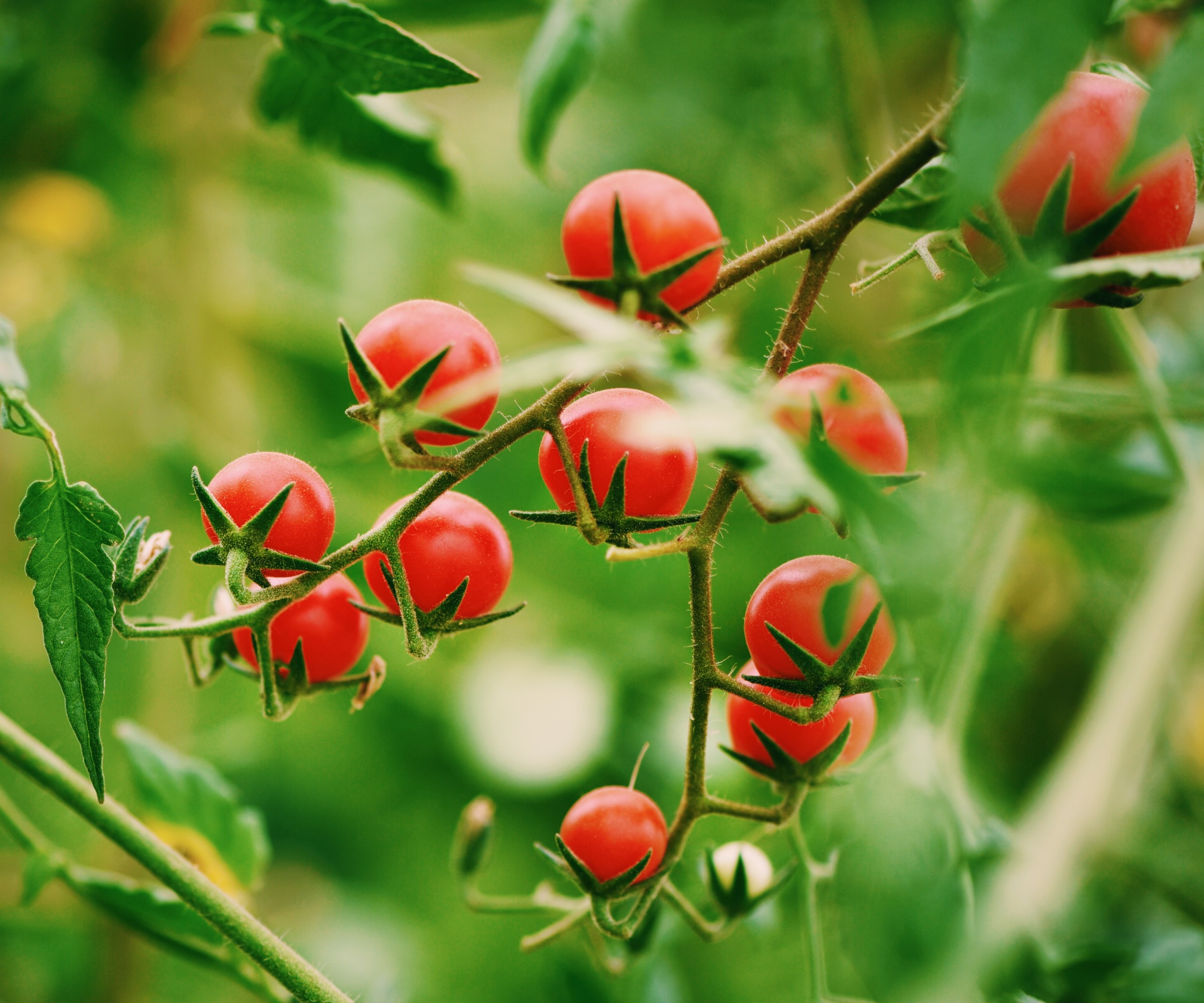
Tomatoes are known as a heat-loving crop, they adore warmth and sunshine. That is why many growers have them as a greenhouse crop, taking advantage of the warm and protected environments.
If you grow tomatoes outdoors, you have to wait for the frost to pass and the soil to warm. Tomatoes do not like having cold roots so ideally, the soil needs to hit a consistent 60°F for them to be happy. Plant too early and they will sulk.
Warming the soil with horticultural fleece, cloches, or plastic mulch can raise the temperature sooner and allow you to plant the tomatoes earlier. The plants will be happy straight away and get off to a great start - and a longer season can boost the yield. You can source horticultural fleece from Amazon.
3. Plant in fertile soil
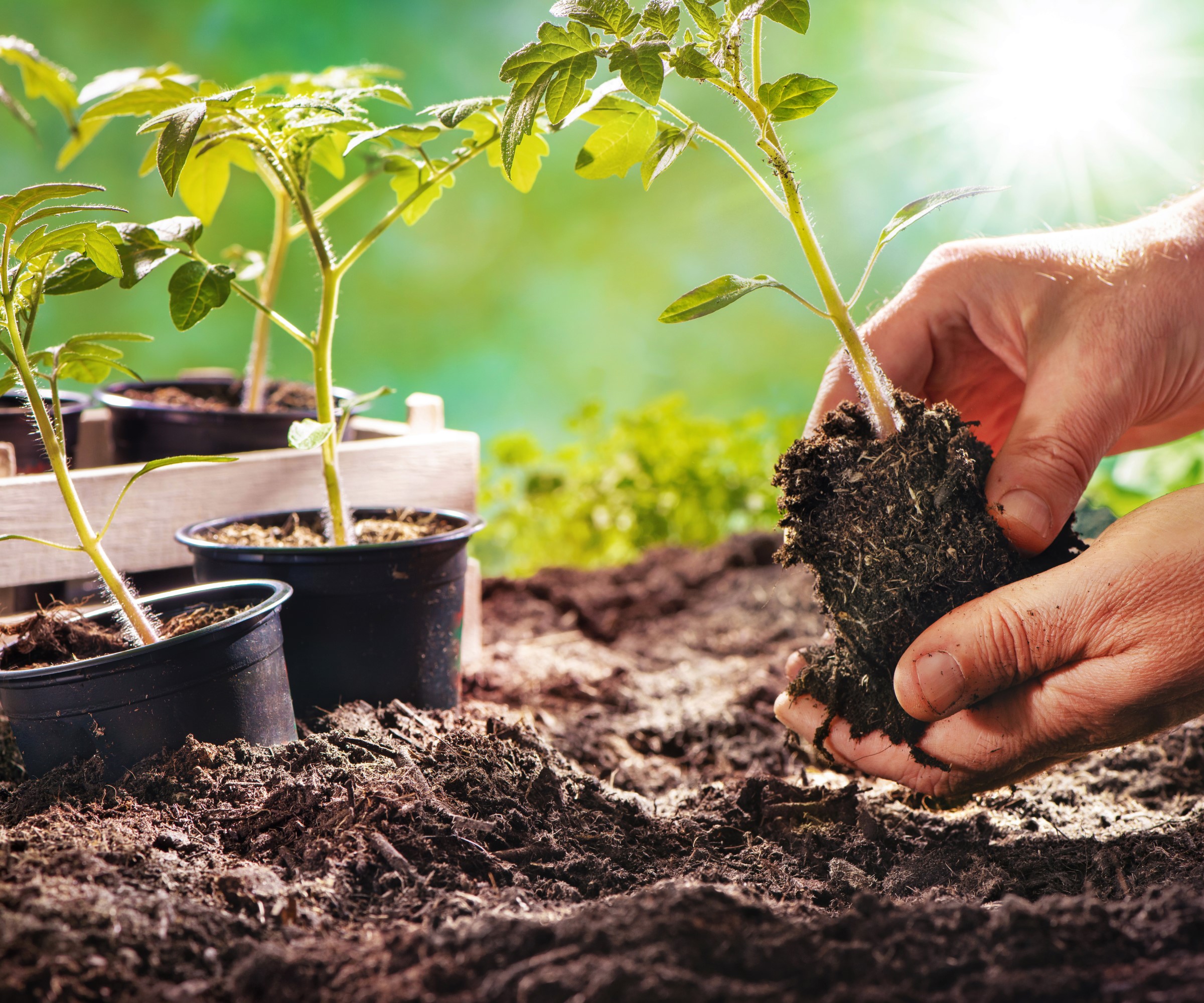
Being proactive can help increase the yield. Making moves early to give tomatoes the ideal soil type they need to thrive will reap the rewards come harvest time.
Tomatoes want rich and fertile soil that is free-draining, as they do not like to sit in wet ground. Adding organic matter ahead of planting will improve the soil structure and provide valuable nutrients to help the plant grow strongly. Great options to use are compost or well-rotted manure. Loosen the soil and incorporate the organic matter deep down, as you will plant the tomatoes deeply and want the roots to access all that goodness.
An ideal soil pH would be between 6.2 to 6.8 - a soil test can reveal the pH and nutrient makeup of the soil, revealing any amendments you need to make. You can get home soil test kits on Amazon, or other retailers, that can give you accurate measurements. Healthy soil and happy tomato plants will result in a better yield.
4. Plant deeply or horizontally
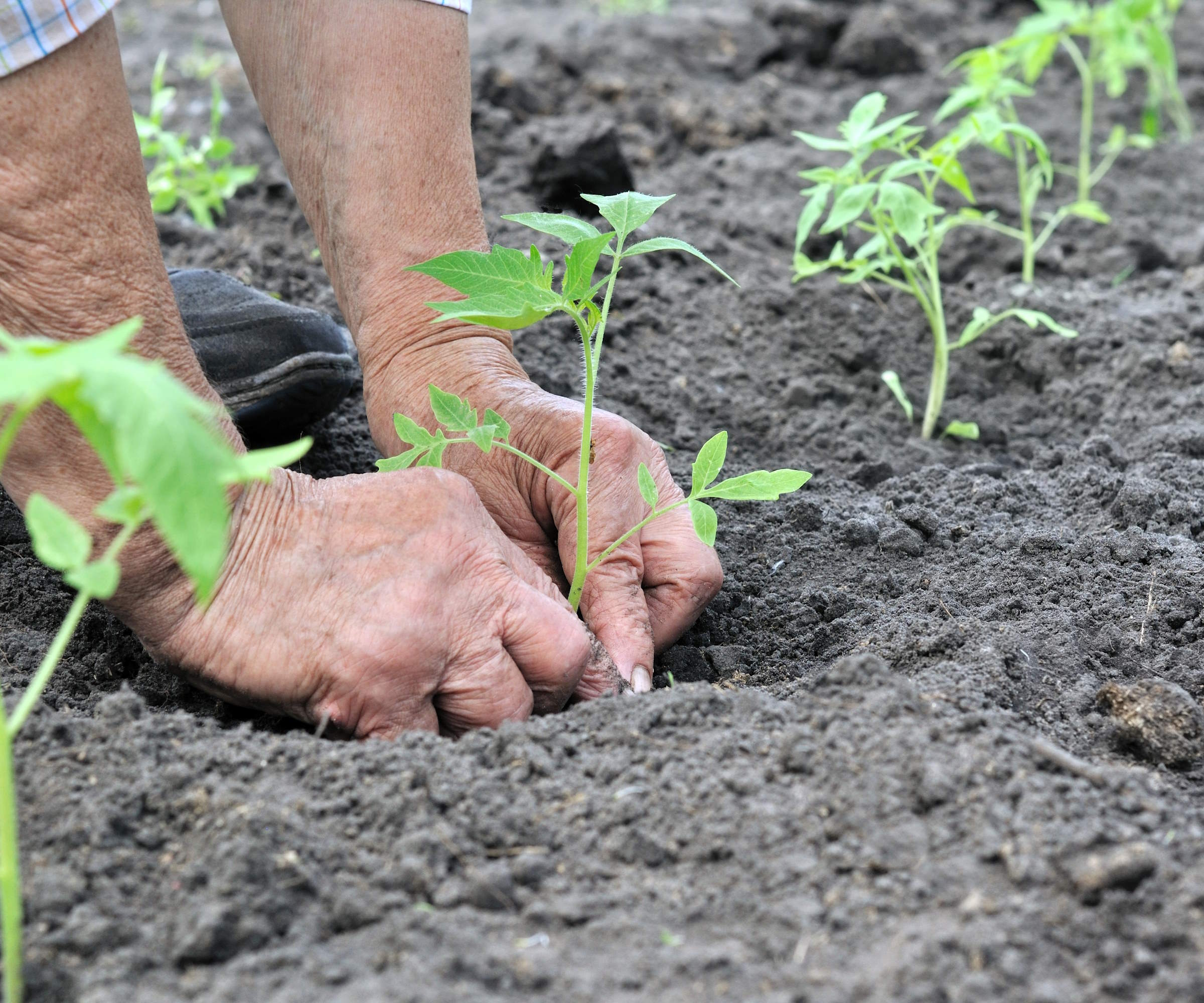
Tomato plants have a clever trick, they can produce roots up their stems. Take advantage of this by planting tomatoes deeply into the soil and you get plants with a stronger root system that can take in more moisture and nutrients from the soil.
By transplanting tomato seedlings deeply, or even horizontally in a trench, right up the lowest leaves, they will quickly develop adventitious roots. Plant up to the lowest leaves, but don’t have the leaves touching the soil - as this can leave the plant at risk of disease.
Not planting deeply is a common tomato-growing mistake to be aware of. Be sure to take advantage of the plant’s unique ability.
5. Mulch after planting
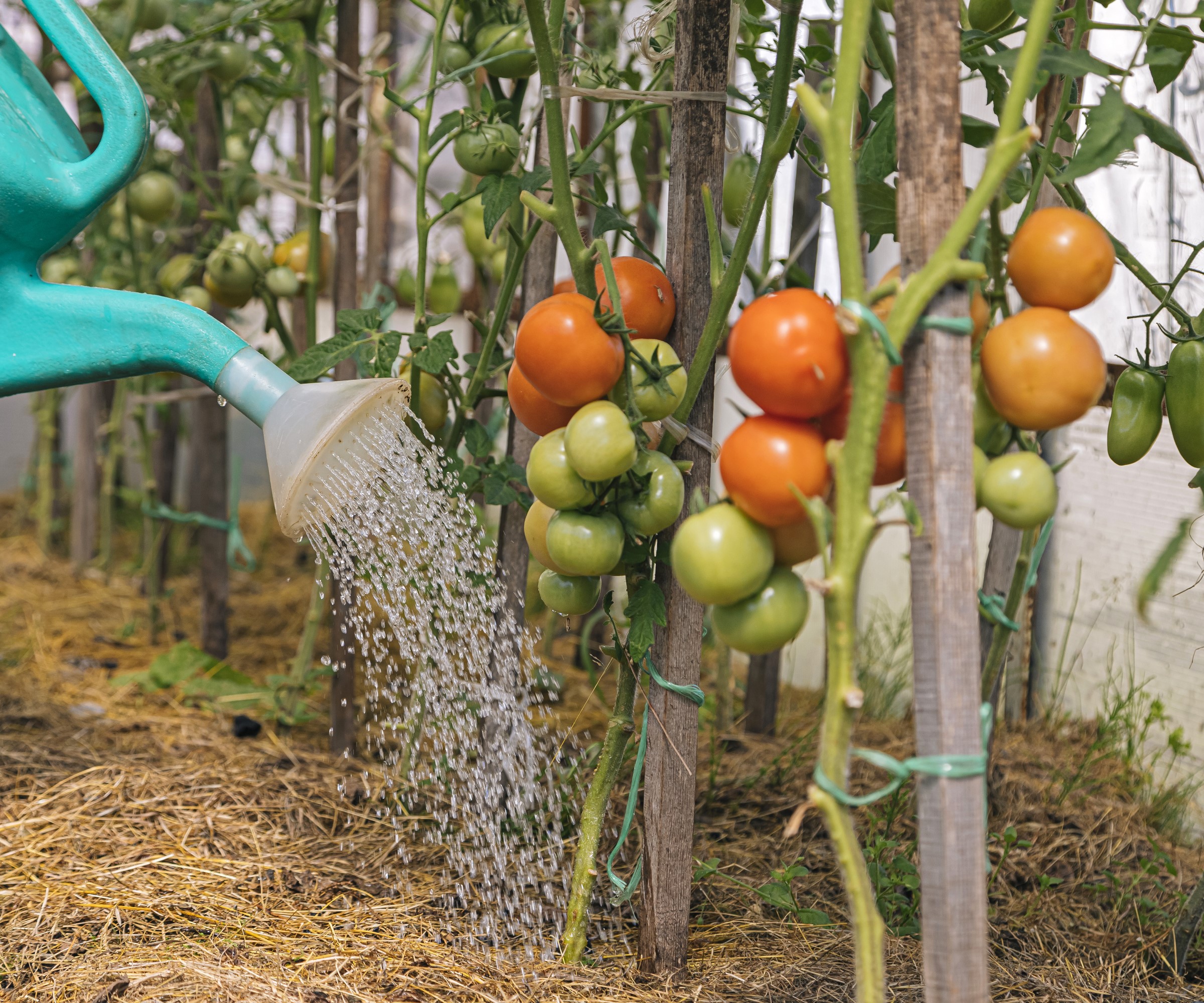
Mulching is simple, low-cost, and effective. Spending a bit of time spreading mulch around tomato plants will offer a multitude of benefits that can contribute to helping increase yield.
It keeps moisture in the soil, making it available to plants for longer, and it reduces competition from weeds that can steal water and nutrients from tomato plants. Mulch also protects plants from diseases - such as tomato blight, leaf spot, and anthracnose fruit rot - by creating a barrier between the soil surface and fruit.
Add a layer of 2-3 inches deep of compost, leaf mold, straw, shredded leaves, or grass clippings straight after planting tomatoes, leaving a small space around the plant’s stem.
6. Give pollination a helping hand
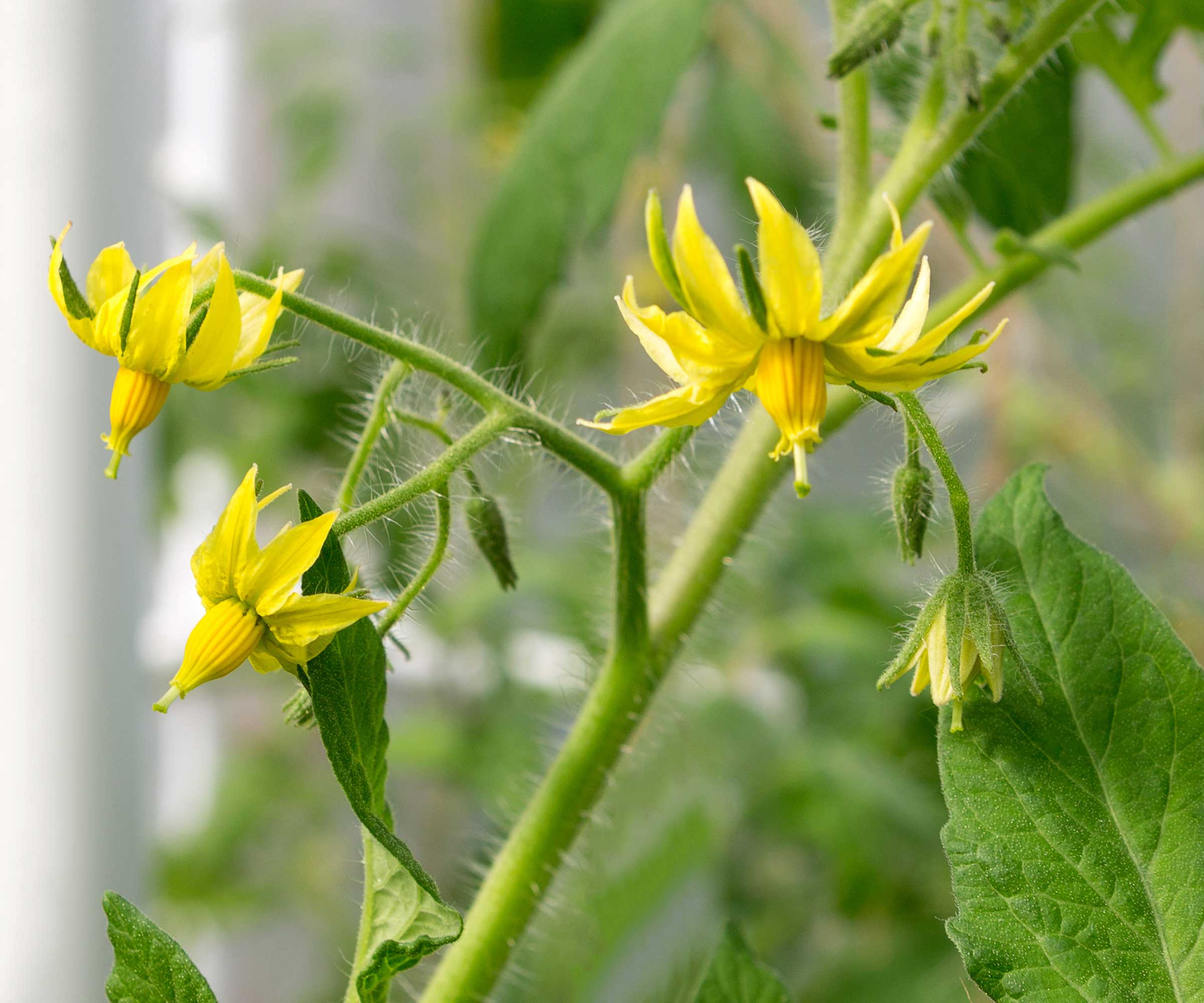
Tomatoes are self-pollinating, meaning that the flowers contain both the male and female parts. Tomato pollination is often carried out by the wind, with bees and other pollinators also contributing.
To give pollination a hand - pun intended - you can try a little bit of ‘tomato tapping’. This quick and easy task of tapping the stems, or giving them a little shake, will release the pollen and share it around the plant. Add this task to your summer gardening checklist and do it once or twice a day to boost pollination and yield.
To go a step further, you can hand-pollinate plants by using a cotton swab to collect pollen and gently transfer it to the stigma.
7. Prune often
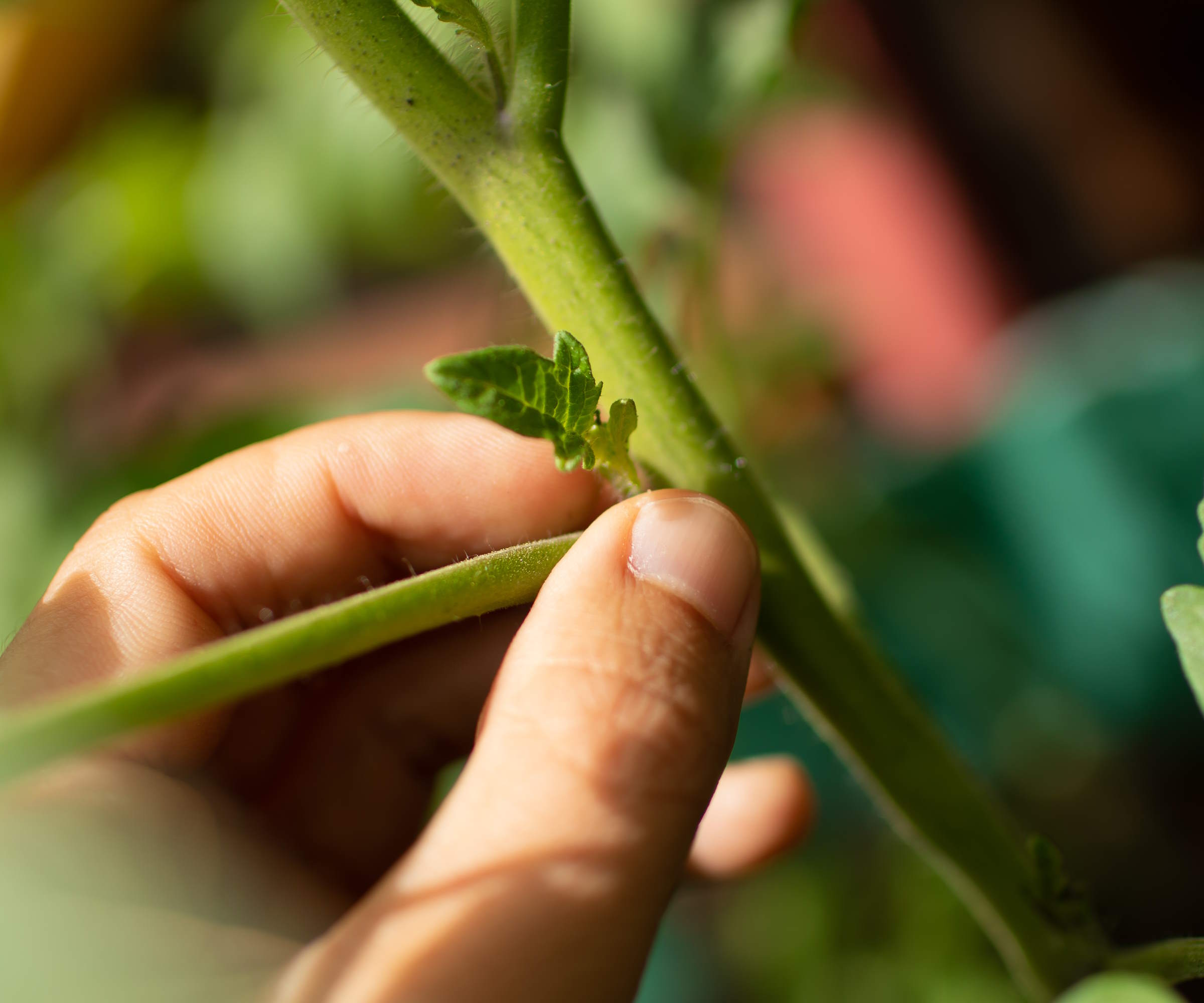
Pruning tomatoes is an essential task for good yields. Indeterminate, or vining, types of tomatoes need to have suckers pinched out and for leaves to be pruned as the plant grows.
Suckers develop between the leaf and the stem, they quickly grow and divert precious energy away from fruits. Check at least weekly, if not every few days, and pinch these unwanted shoots out when they are little. You want as much of the nutrients producing and ripening fruit, rather than growing unnecessary stems.
Topping the plant towards the end of the season then focuses the plant's energy on ripening the fruits, rather than producing more - so every tomato on the plant develops fully before summer ends.
Removing the lower leaves as the plant grows upwards gives developing fruits more sunlight to ripen. It also reduces the risk of fungal diseases from moisture splashing onto the leaves when watering plants. You can remove at least 12 inches of leaves, snipping them off with clean and sharp pruning shears where they meet the main stem.
8. Fertilize wisely
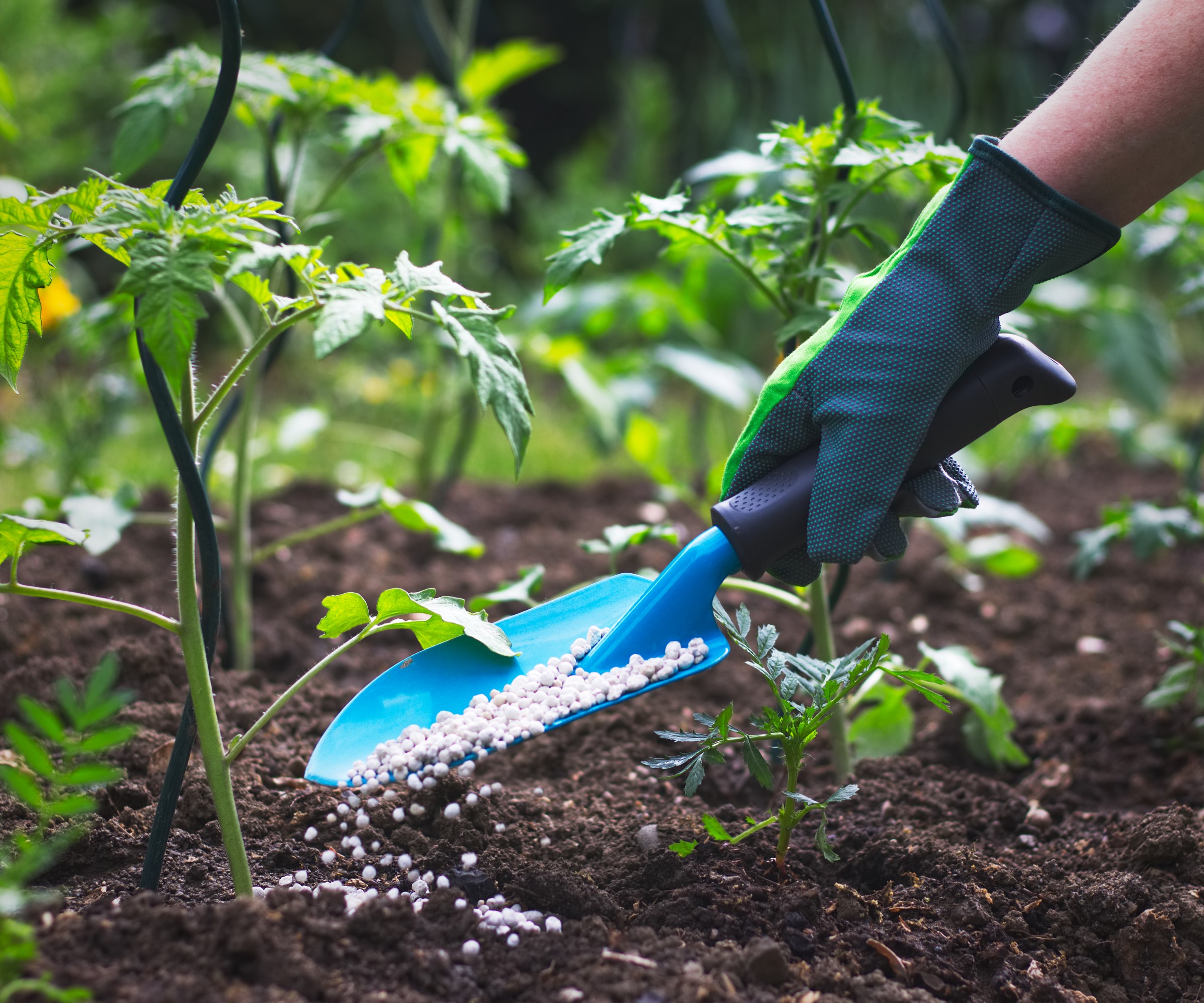
Tomato plants are hungry crops, they need lots of water and feeding throughout the growing season for a great crop of big tomatoes. Watering plants regularly is a must for a great tomato yield and knowing to water deeply is key to healthy plants.
Fertilize tomatoes at the time of planting with a balanced slow-release fertilizer, then switch to a feed that is higher in phosphorus and potassium once the plants start flowering. This feed wants to be given every week or two throughout the flowering and fruiting season.
Avoid nitrogen-rich fertilizers during the season as this will encourage lots of foliage and little development of flowers and fruits.
You can choose from a great selection of feeds designed specifically for tomatoes, such as this organic tomato fertilizer available at Amazon, or you can make your own tomato fertilizer. The important point is getting the balance of nutrients right during the key times of the growing season to enjoy a big yield.
9. Add Calcium
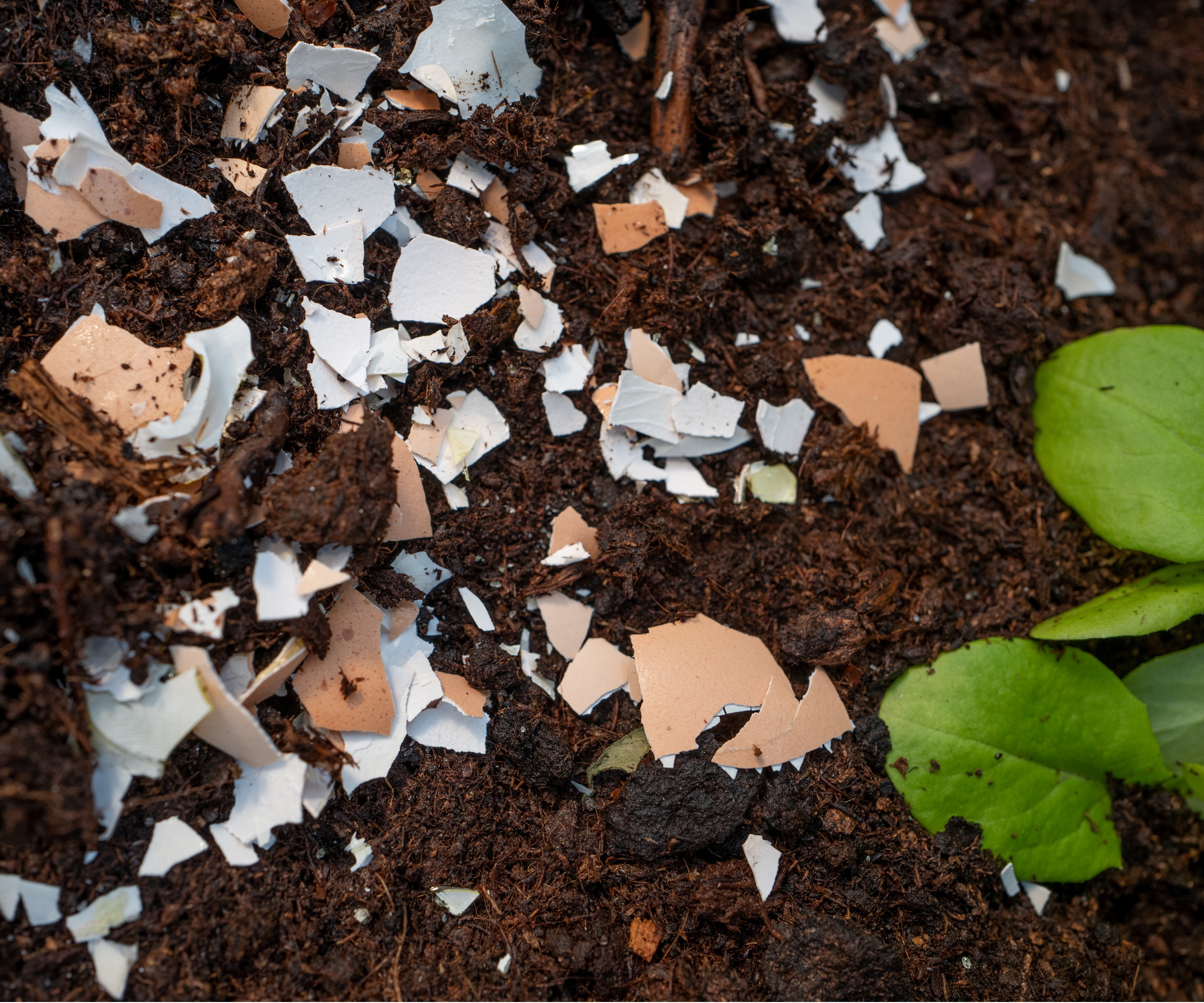
Most attention is given to feeding tomatoes nitrogen, phosphorus, and potassium. These three primary nutrients are all-important, but so is another when growing tomatoes - that is calcium.
Calcium is a secondary nutrient that can help boost growth and yield, being useful in growing leaves and roots, helping the uptake of nutrients and moisture, and supporting fruit quality - including preventing blossom end rot. Calcium is needed in quite large amounts throughout the growing season of a tomato plant and a soil test can tell you the existing levels in your soil.
The nutrient will be available in many common fertilizers, but there are ways to add calcium to soil. That includes using bone meal, available at Burpee, that contains around 12 percent calcium, or adding eggshells around plants.
10. Companion planting

Tomato companion planting can increase the yield and health of plants in many ways. Companion planting is the practice of having beneficial plants alongside each other, or interplanted together, and helps to attract pollinators, deter tomato pests, and even reputedly improve the flavor of the tomatoes.
A great example is planting herbs such as marigolds, nasturtiums, dill and fennel to attract ladybugs, lacewings, and parasitic wasps to combat tomato hornworms. Another tried and tested combination is planting basil with tomatoes, as it deters aphids and whiteflies and is known to boost the yield and flavor of tomatoes.
Although not making the top 10, an honorable mention must go out to correctly spacing tomato plants. Giving plants sufficient room to grow allows them to yield at their strongest. Good air circulation, as a result of proper spacing, reduces the risk of diseases ruining your yield. The exact space required will depend on the variety, always refer to the label or seed packet and adhere to the advice. Cramming tomato plants into a tight space will not mean a bigger yield.







